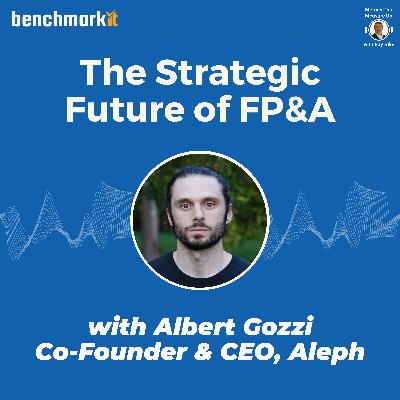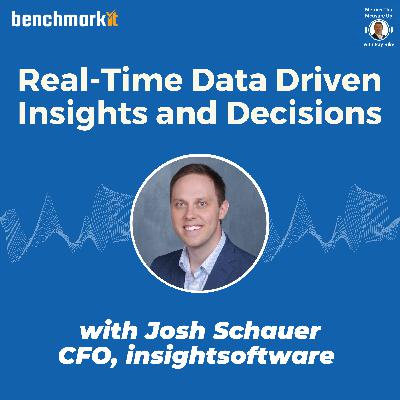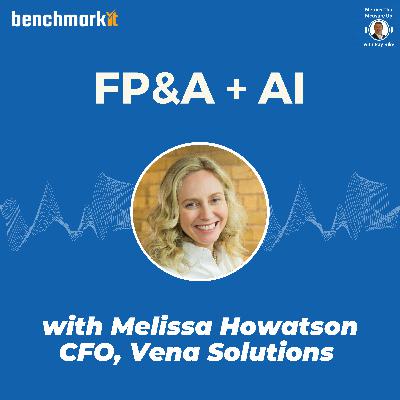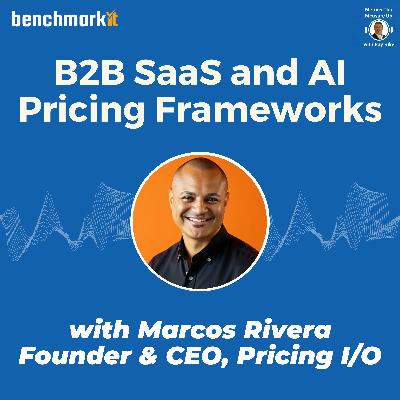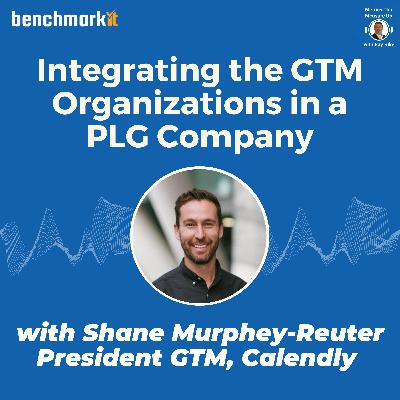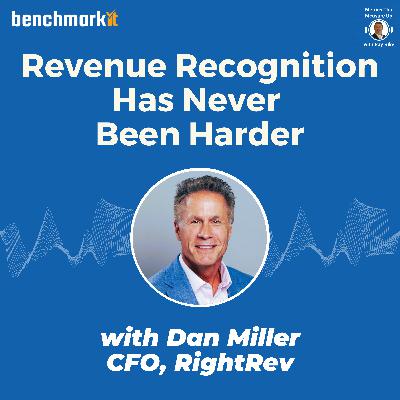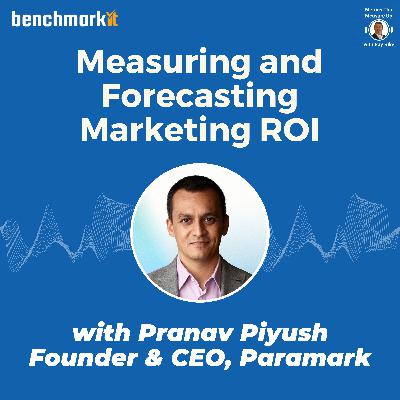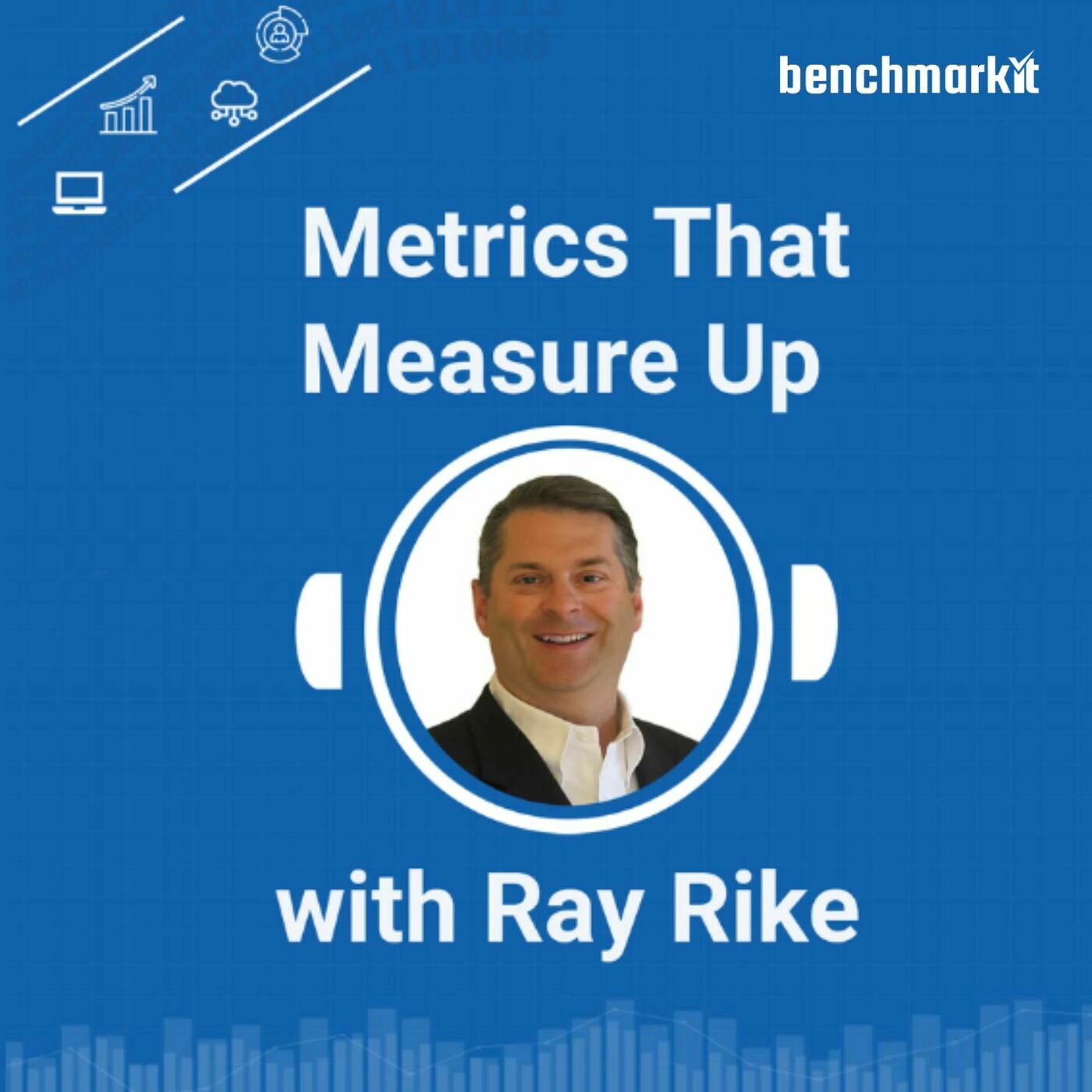Aviv Canaani is the Chief Revenue Officer at Datarails who recently transformed their Go-to-Market motion to be primarily inbound from the traditional outbound motion. During today's episode Aviv and our host, Ray Rike dive deep into multiple GTM strategies and measurements including:Top performance measurements for a B2B SaaS CROThe catalyst for transitioning to an "inbound GTM motion"The ROI for an Inbound vs Outbound GTM motionLeveraging Social Media to build awareness with the Office of FinanceMeasuring ROI in content and media investmentsAviv was initially the head of Marketing and then took overall responsibility for Sales, Marketing, and Customer Success. Soon thereafter, he quickly realized that they needed to increase the efficiency of their Go-to-Market investments and associated processes. But before we dive into the transition from a 90% outbound strategy, we discussed the top metrics for CROs.First, Aviv highlighted that CAC efficiency, as measured by the CAC Payback Period (CPP) where they have decreased the CAC Payback Period by 50% is a TOP metric for CROs. One of the first topics we discussed was the primary "input signals" to decrease the payback period. One of the things Aviv highlighted is that increasing the quality of leads that are provided to AEs was a good first place to start. The ultimate goal was that AEs could spend the majority of their time on selling and closing opportunities, versus doing cold outbound prospecting.Another key tactic was to ensure he had a very predictable way to know for each dollar investment in Go-to-Market, what the expected outcomes as measured by new customer ARR could be generated. Using a "waterfall" methodology, Aviv knows that for every dollar of Marketing spend what are the predictable outcomes as measured by meetings, opportunities, new customers, and the associated new ARR.By having a predictable model, Aviv can go to the CFO and confidently show what the ROI is for every dollar invested in Marketing, they can begin to allocate more to brand building which will have more impact in a few quarters versus just measuring the short-term ROI on Demand investments.Next, we dove into the transition from a primarily outbound GTM motion to primarily an inbound GTM motion. First, in 2022, even though SDRs were hitting their "meeting goals" they were not converting to customers. As a result, they increased the focus on "high intent" leads which increased the efficiency of the GTM investments. One of the primary measurements they used to validate the inbound focus, they found a 3x-4x higher win rate, and a shorter sales cycle all leading to increased GTM efficiency.What is the primary source for 90% of new ARR coming from inbound? First, they brought on a team of B2C Marketing professionals who used paid search, paid media, and social media strategies to drive higher intent inbounds. This even included the use of Instagram and TikTok...to reach the Office of Finance! In addition, they focused on SEO and even a podcast to get their brand and message in front of finance executives. Now that the brand has been enhanced through the media investments will over time also increase the efficiency of the outbound activities.Another strategy was to divide outbound and inbound SDRs, and in fact, a majority of the outbound SDRs are now located in the Philippines which maintained effectiveness and increased efficiency as measured by outputs (New ARR) versus inputs (SDR investments).If you are a B2B SaaS CFO or GTM leader, this conversation with Aviv is full of ideas, insights, and successful experiences in evolving the GTM playbook!!!See Privacy Policy at https://art19.com/privacy and California Privacy Notice at https://art19.com/privacy#do-not-sell-my-info.



